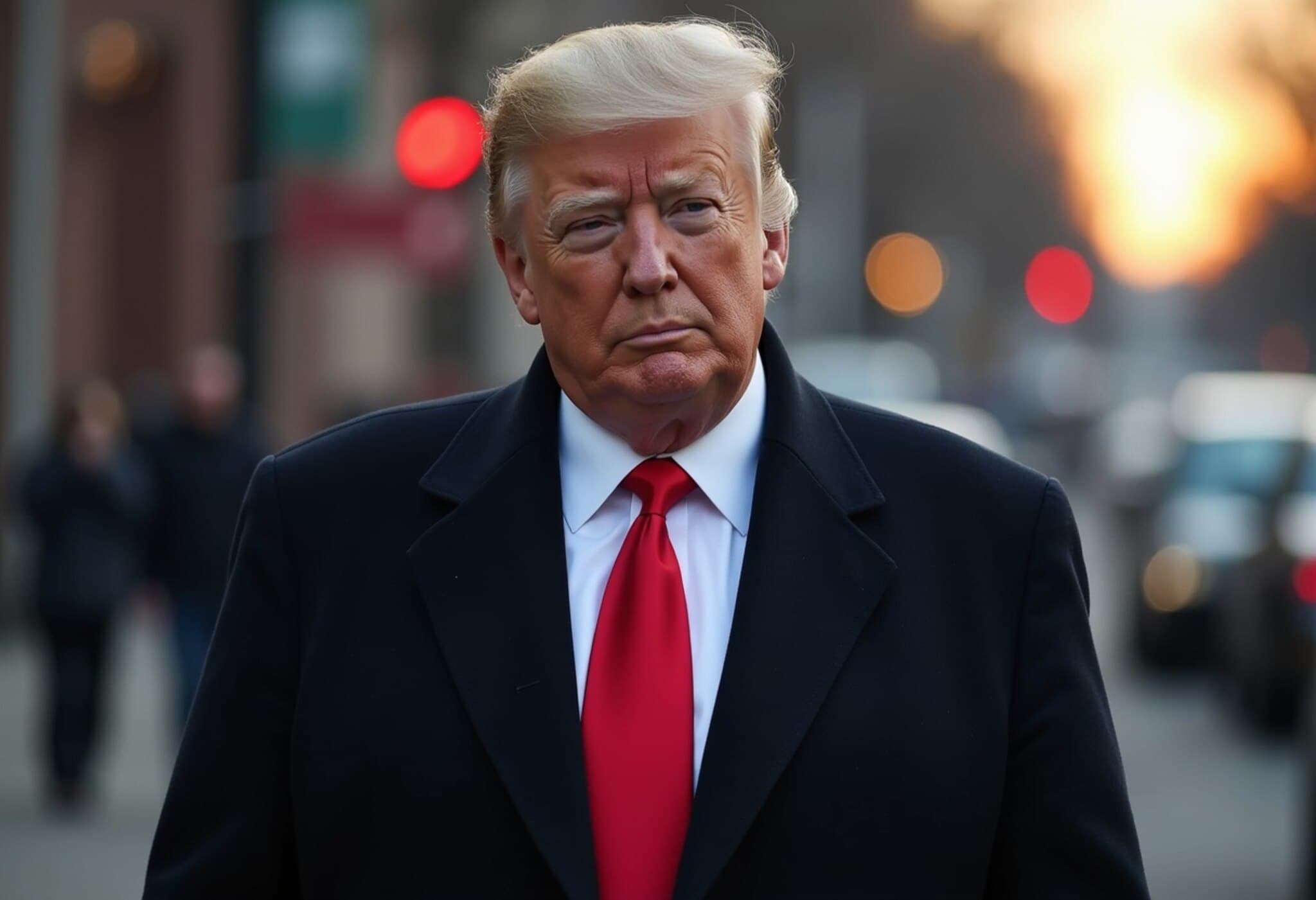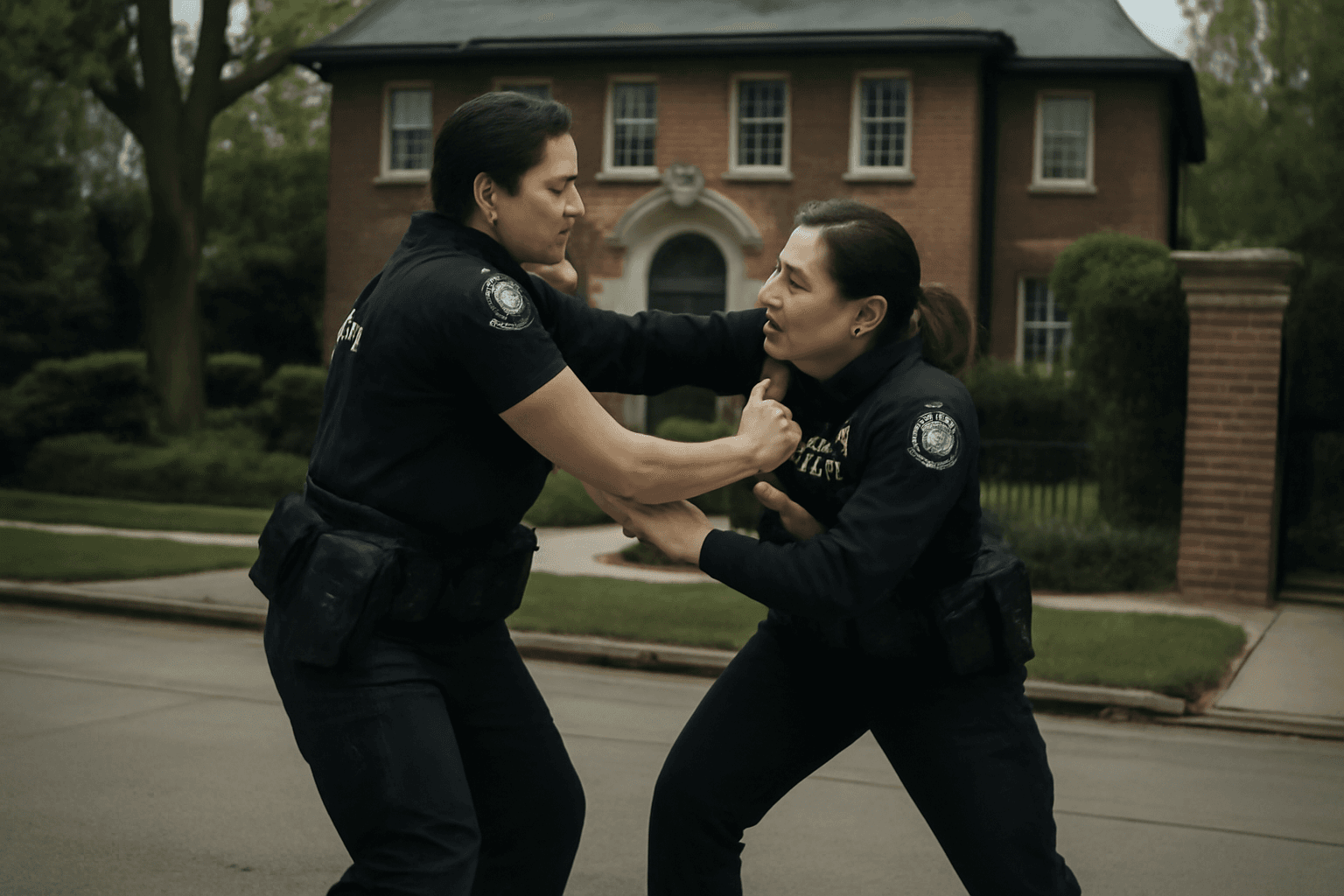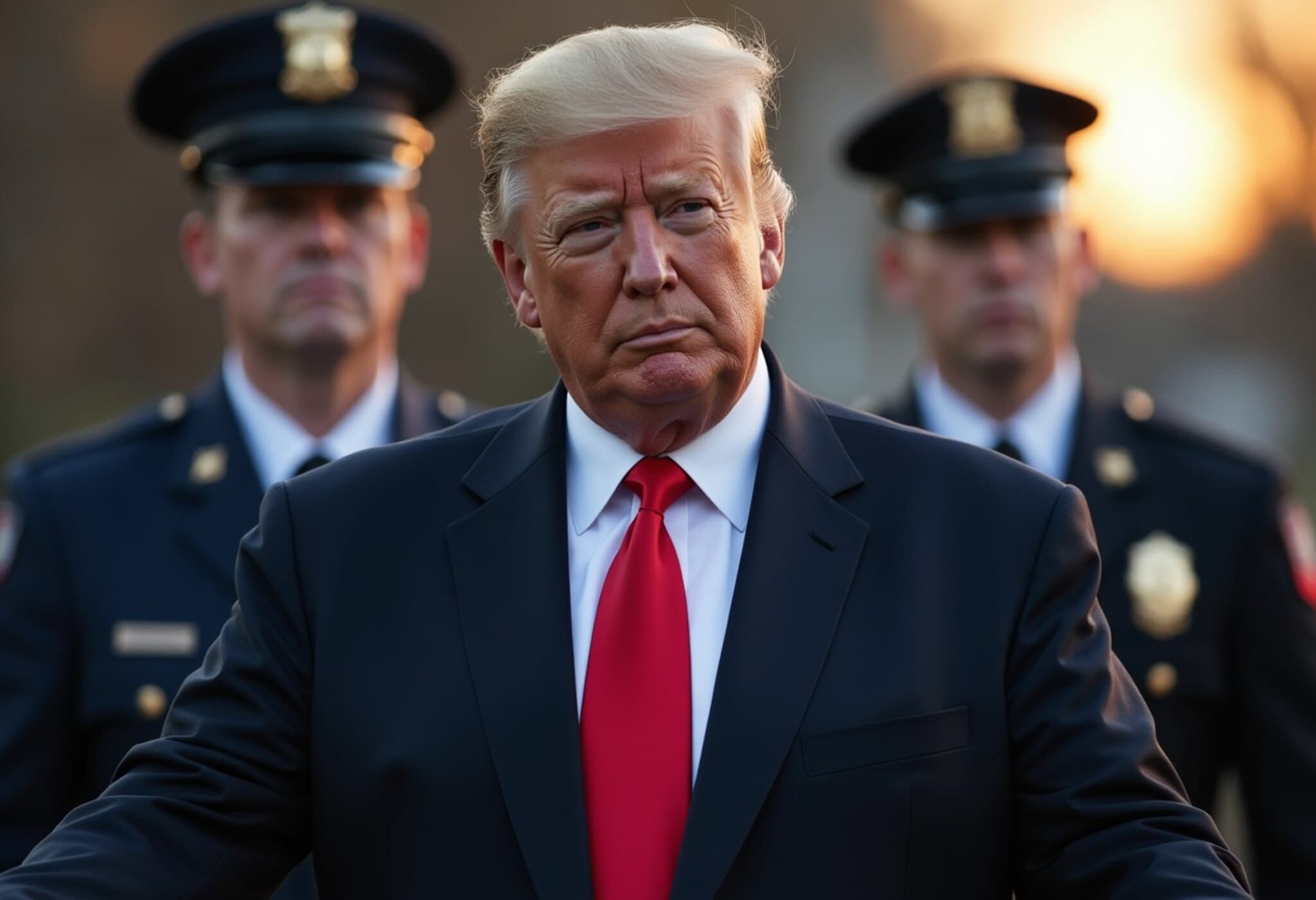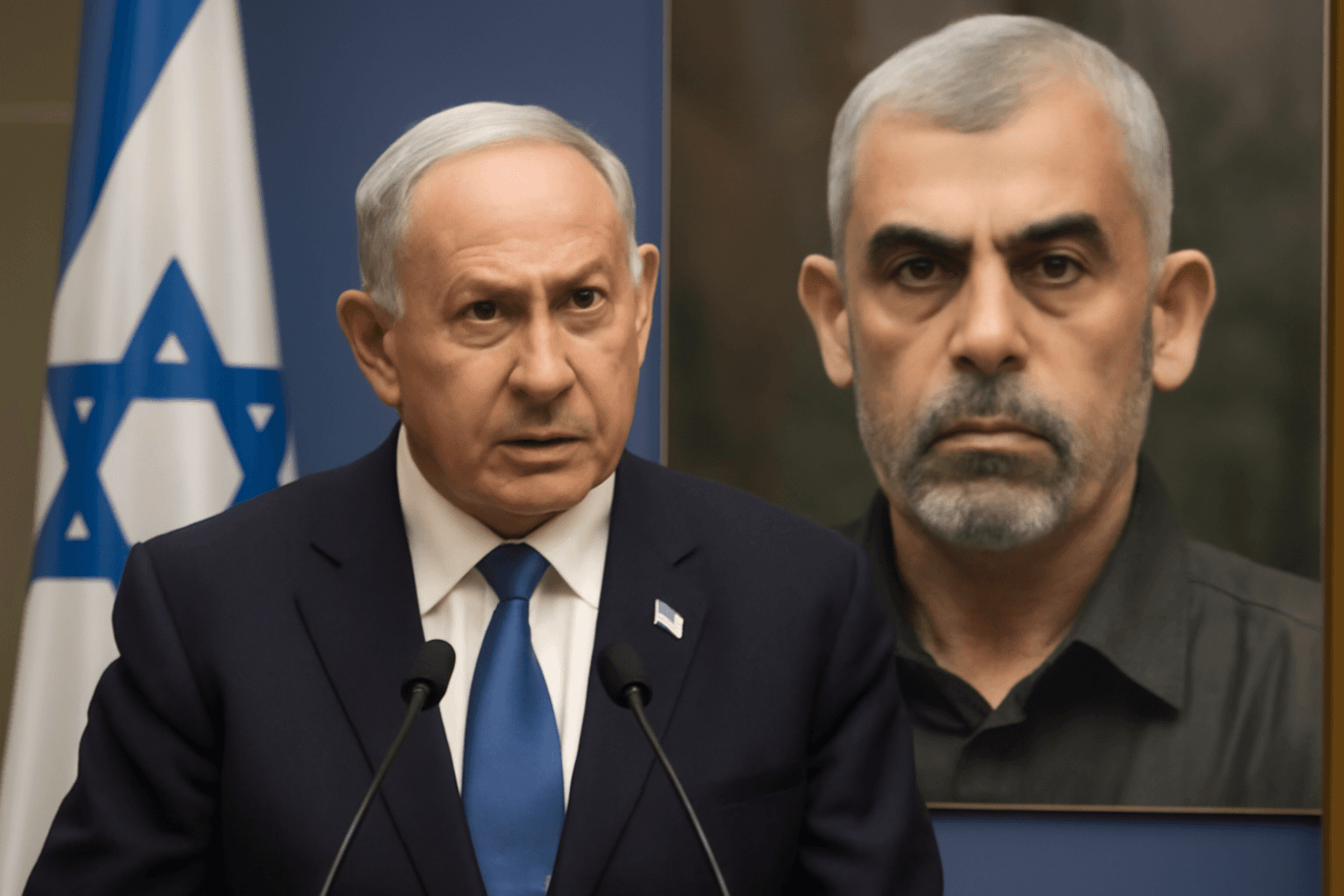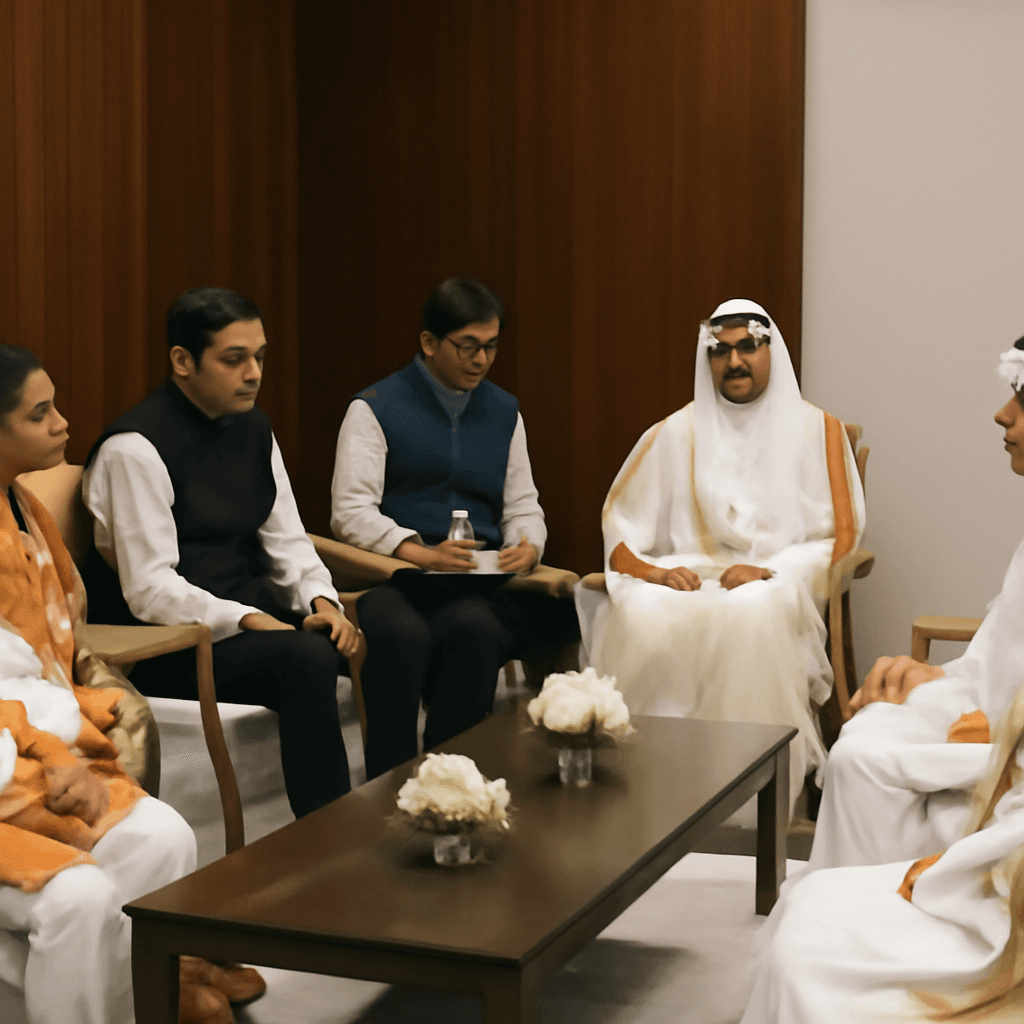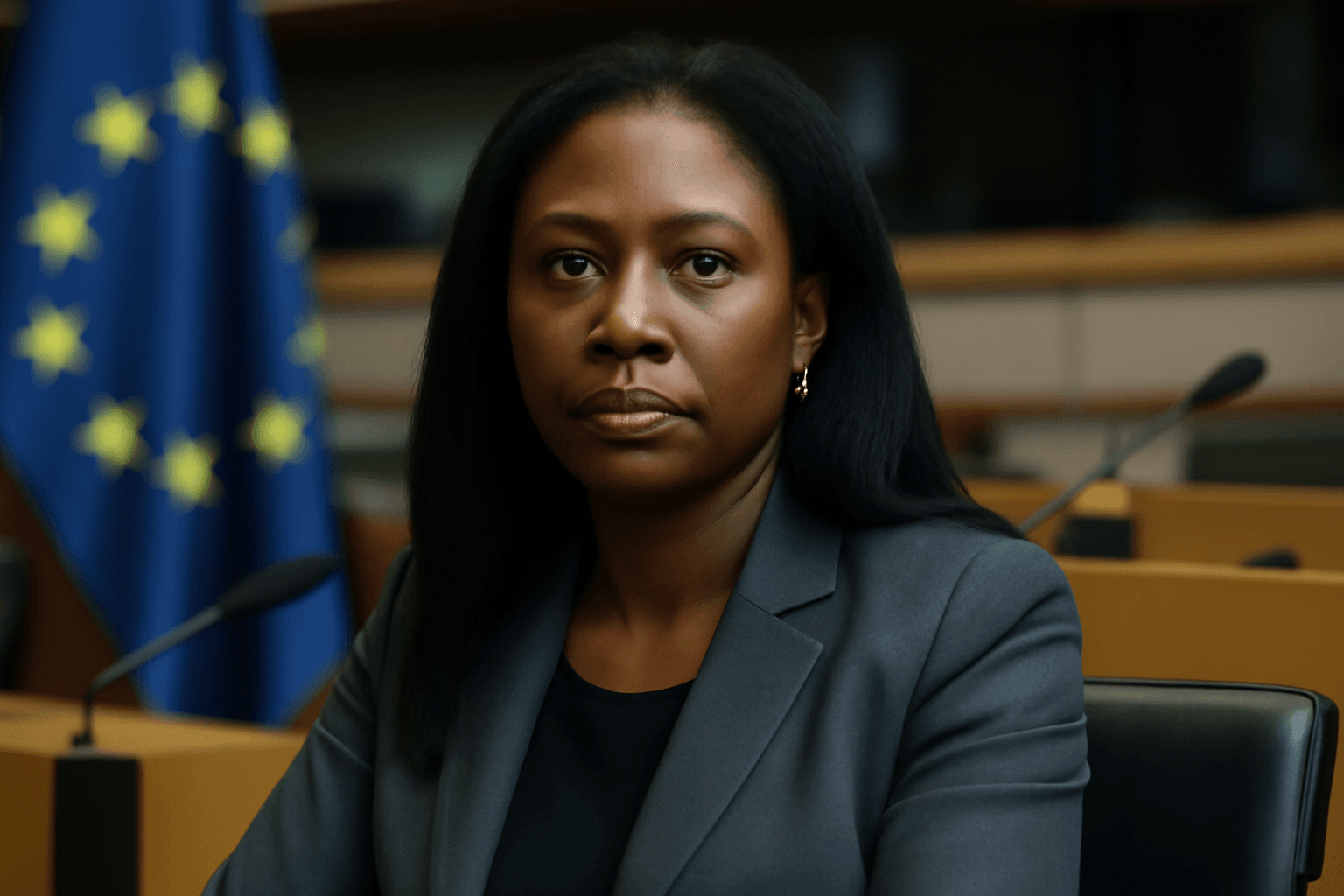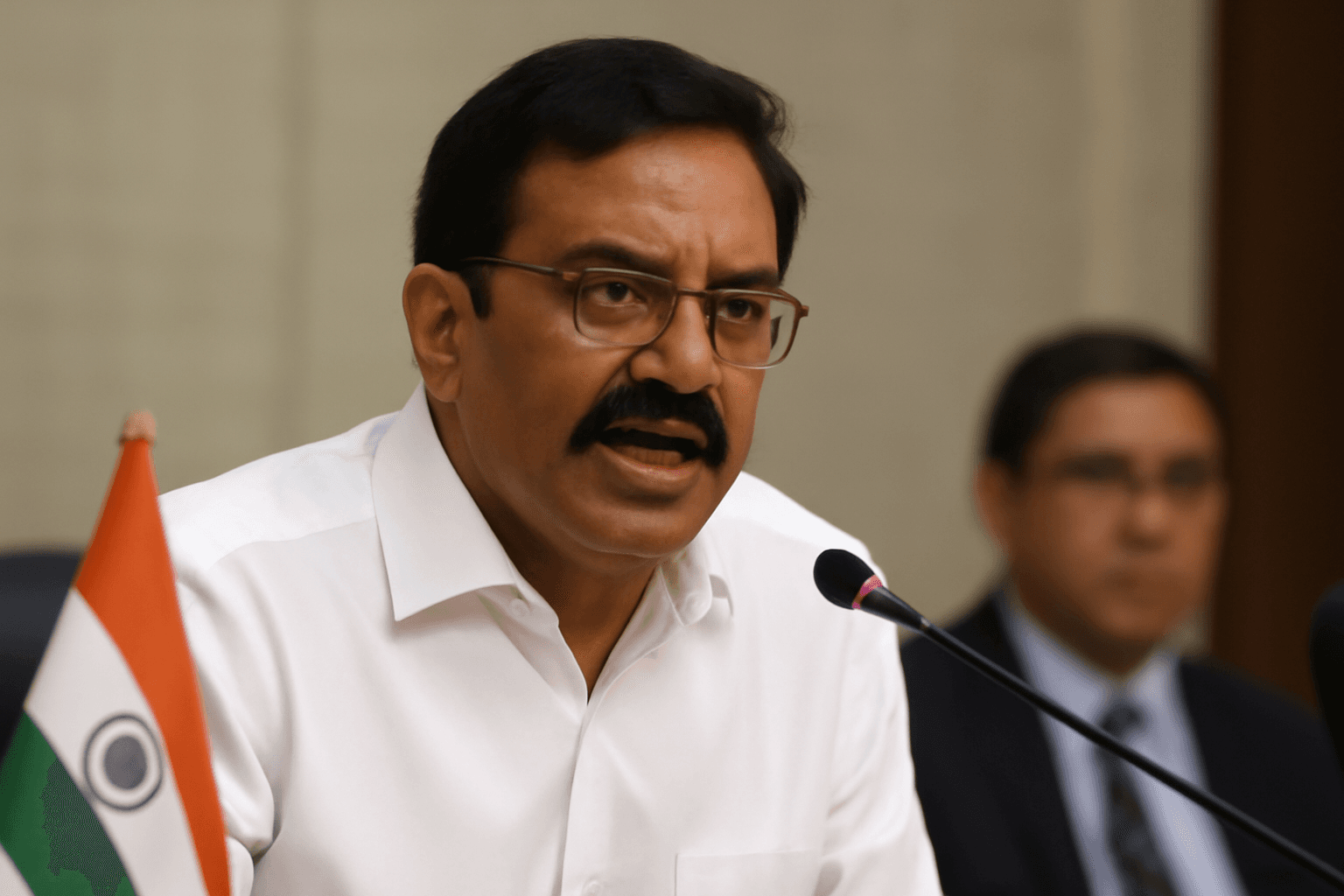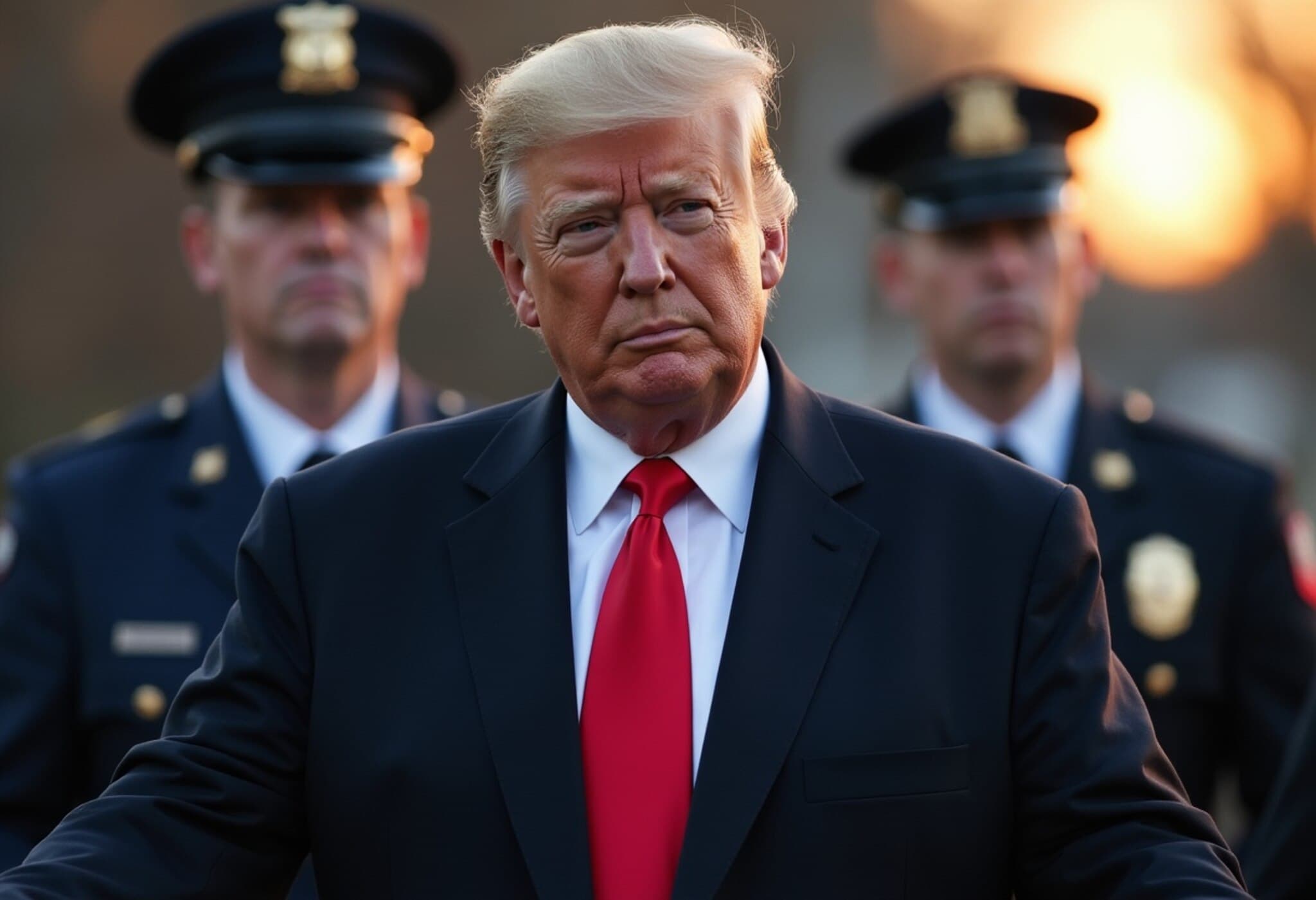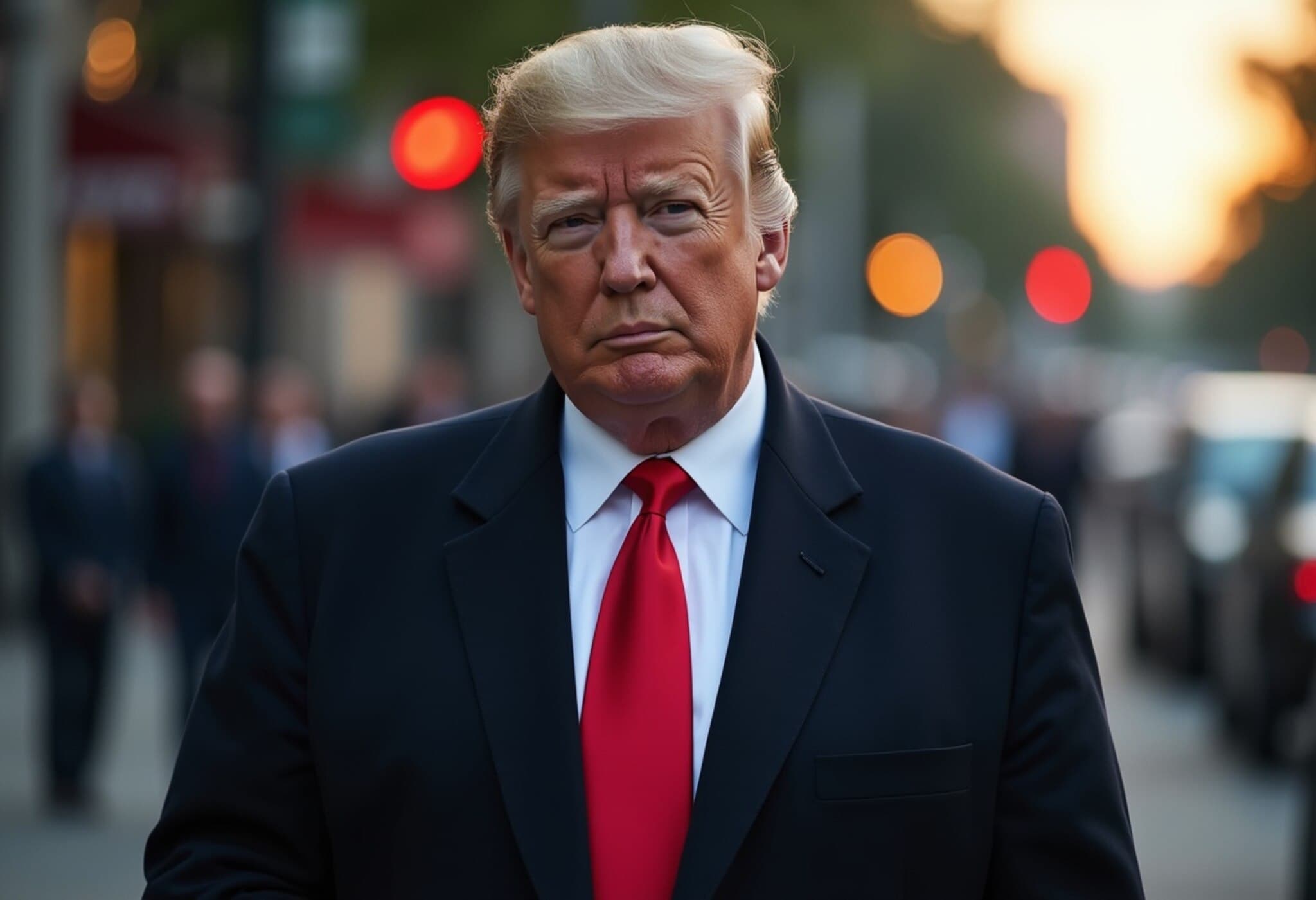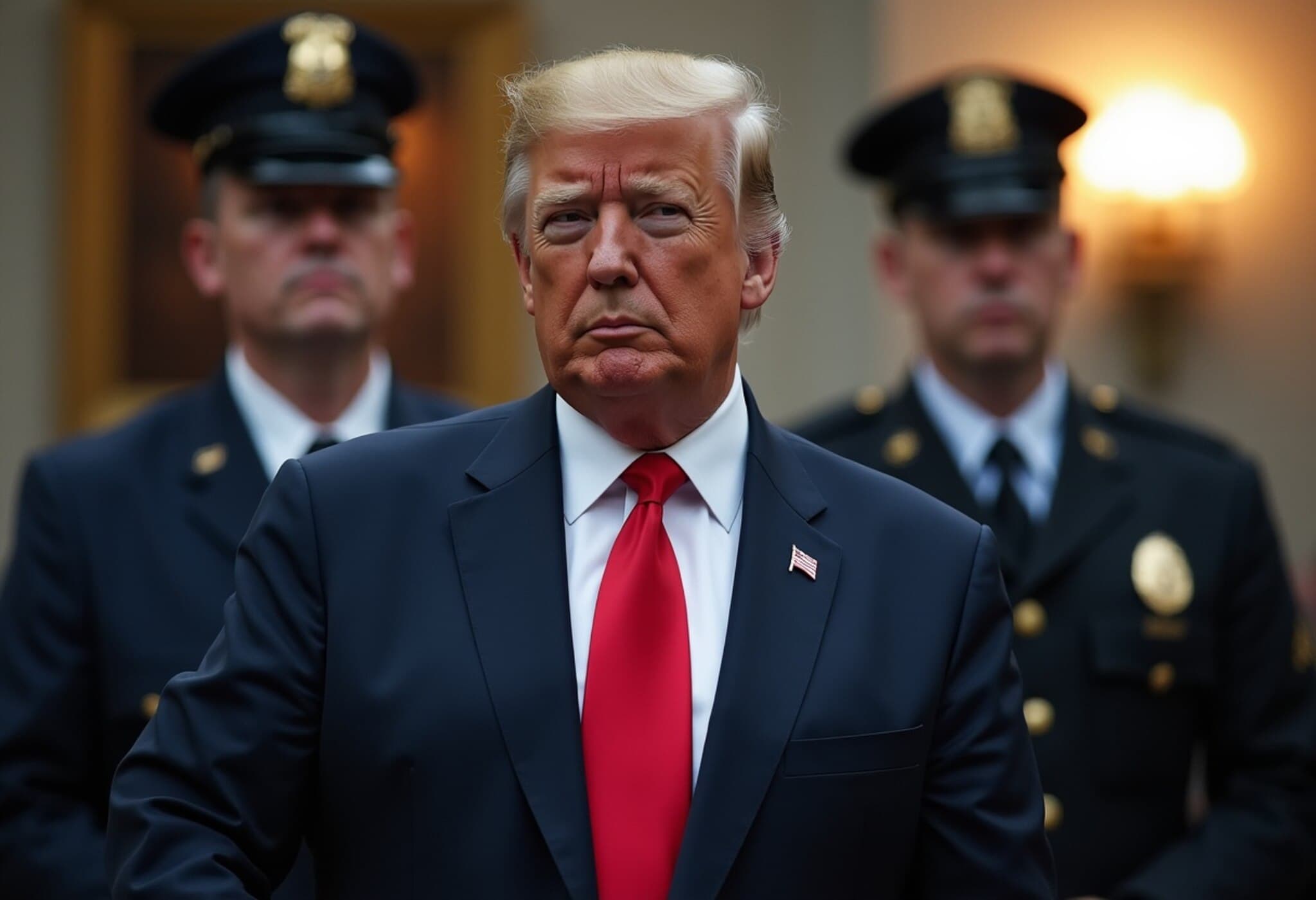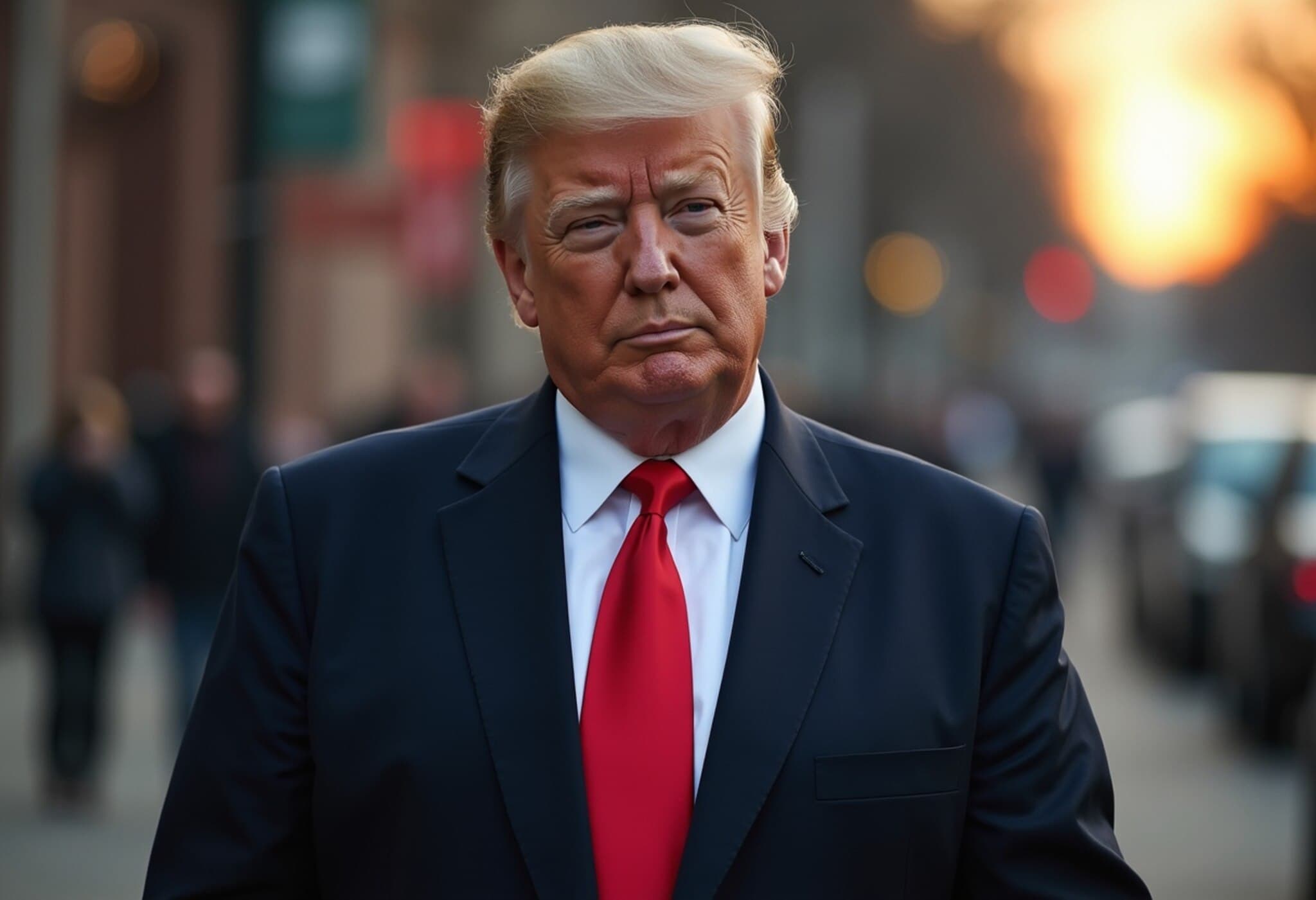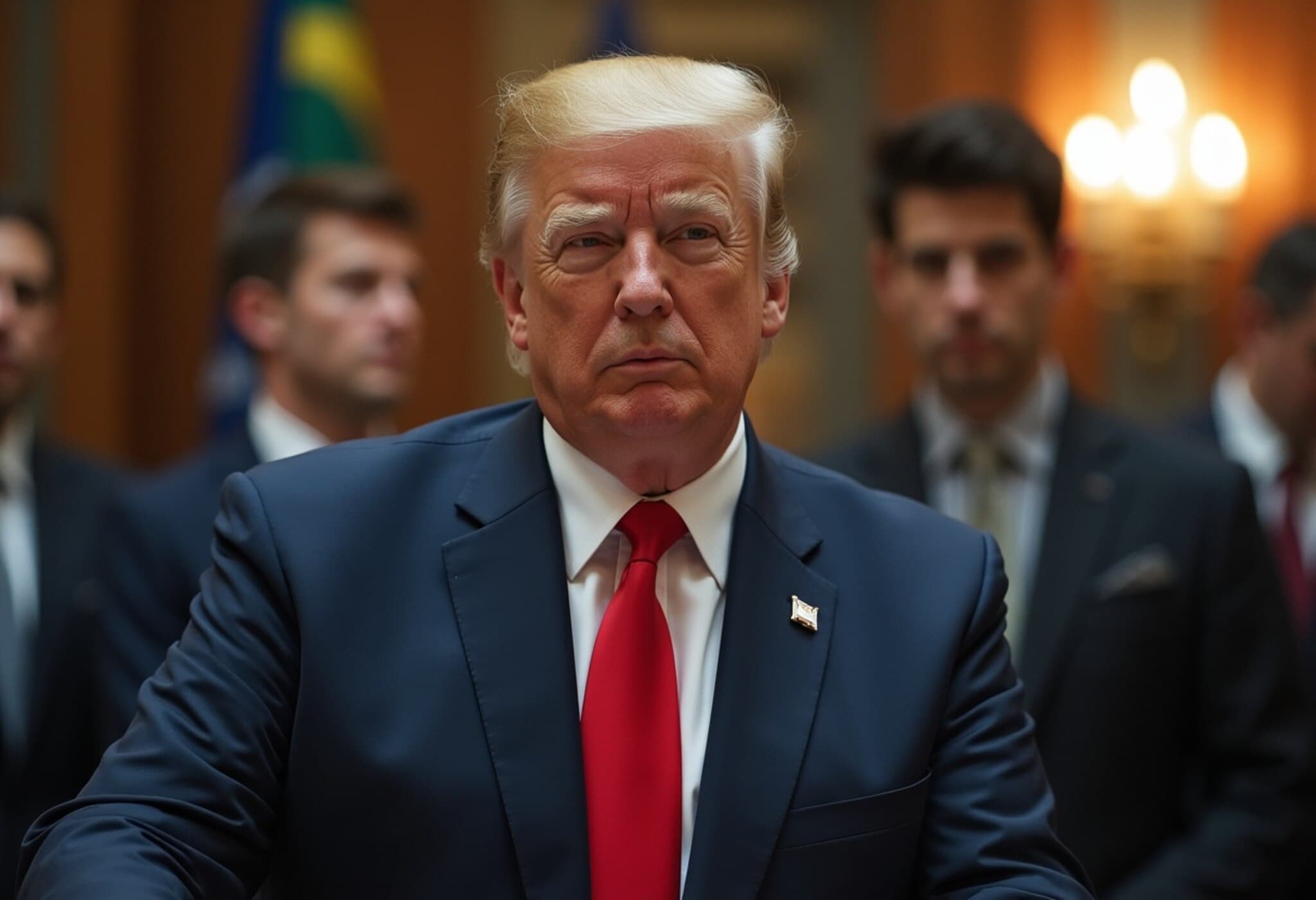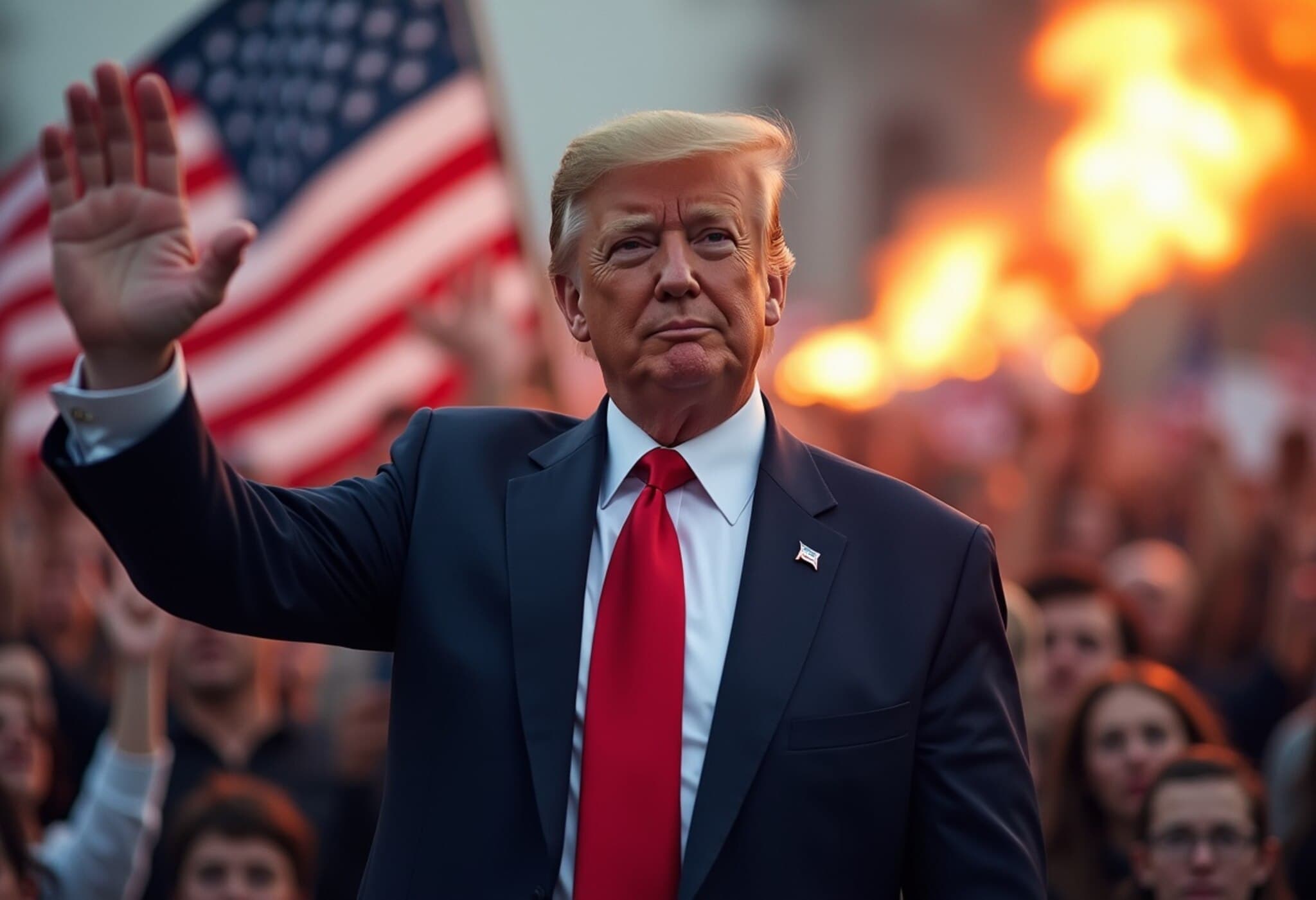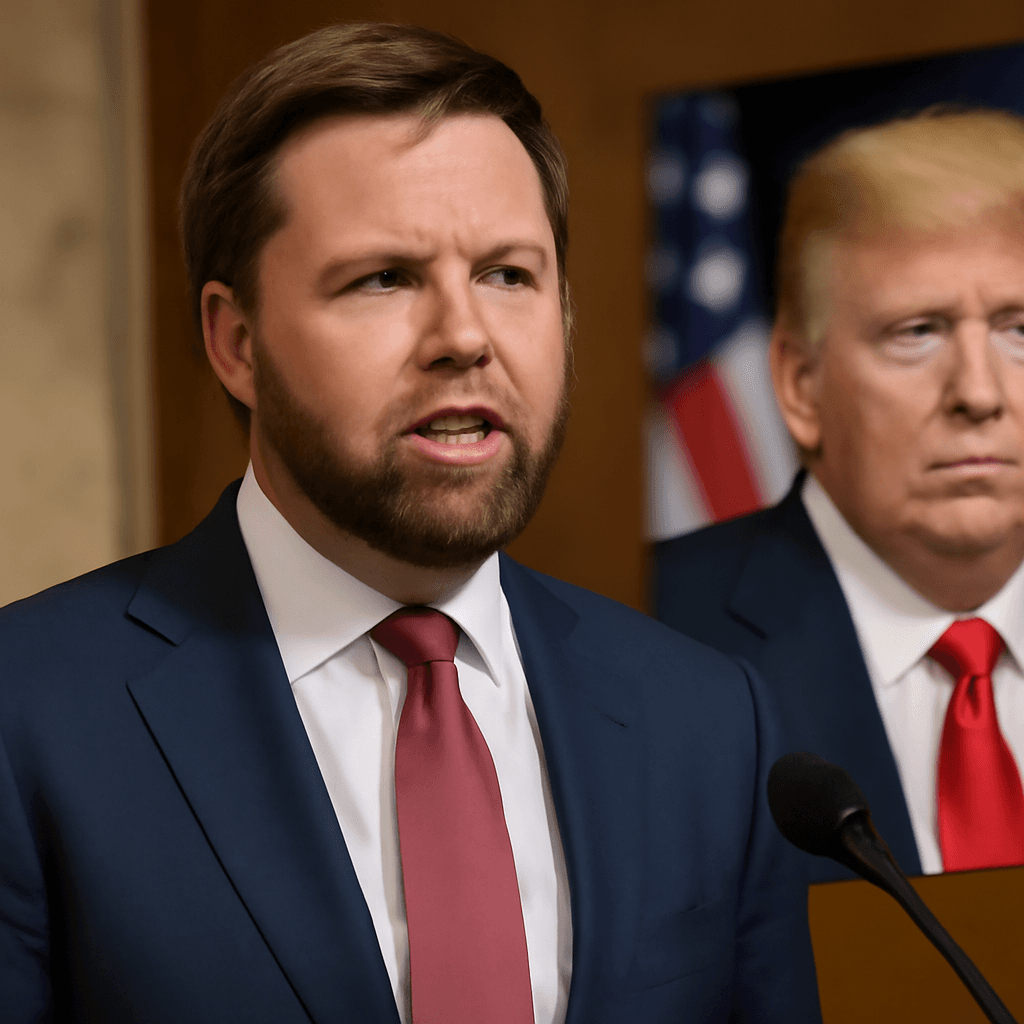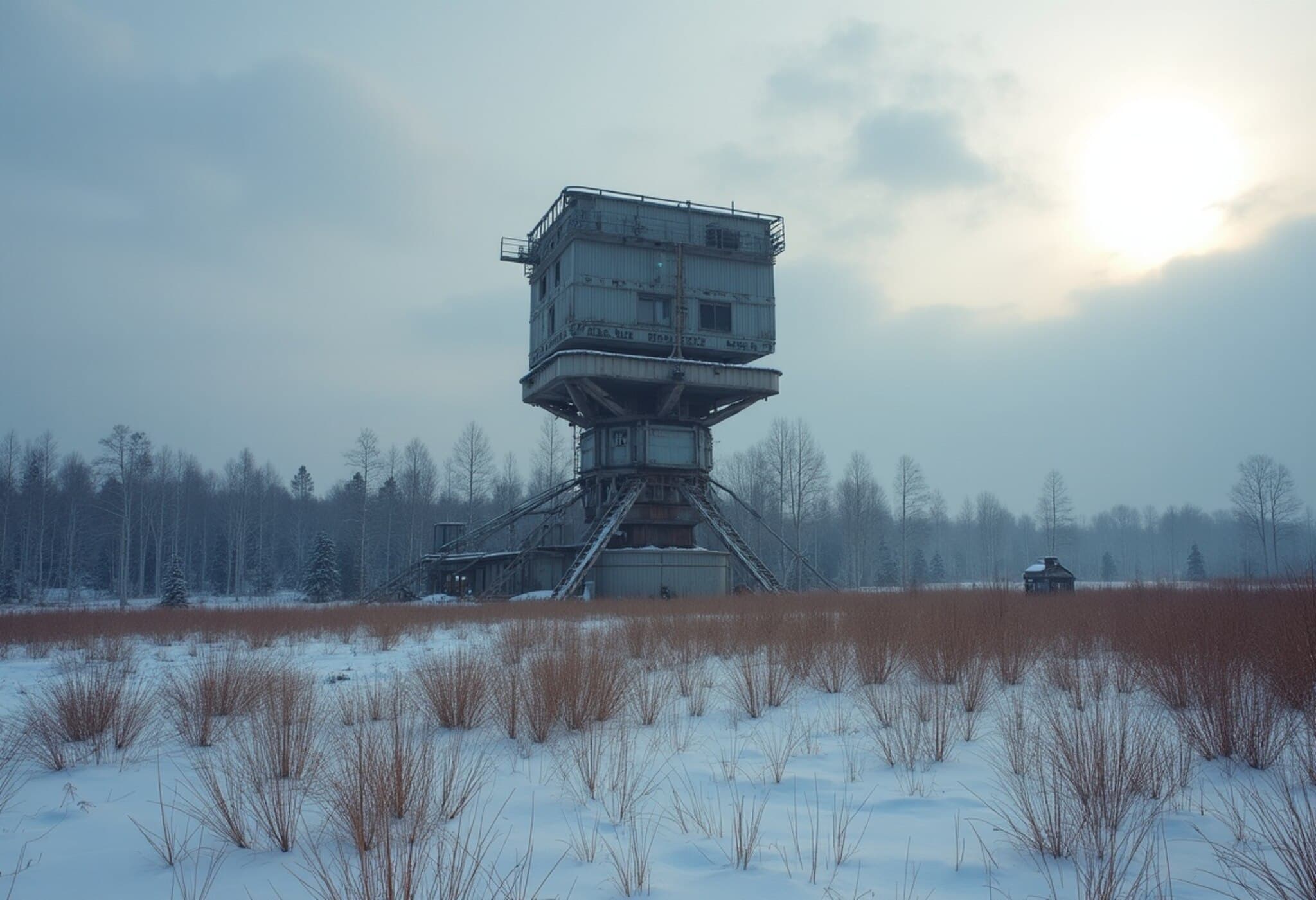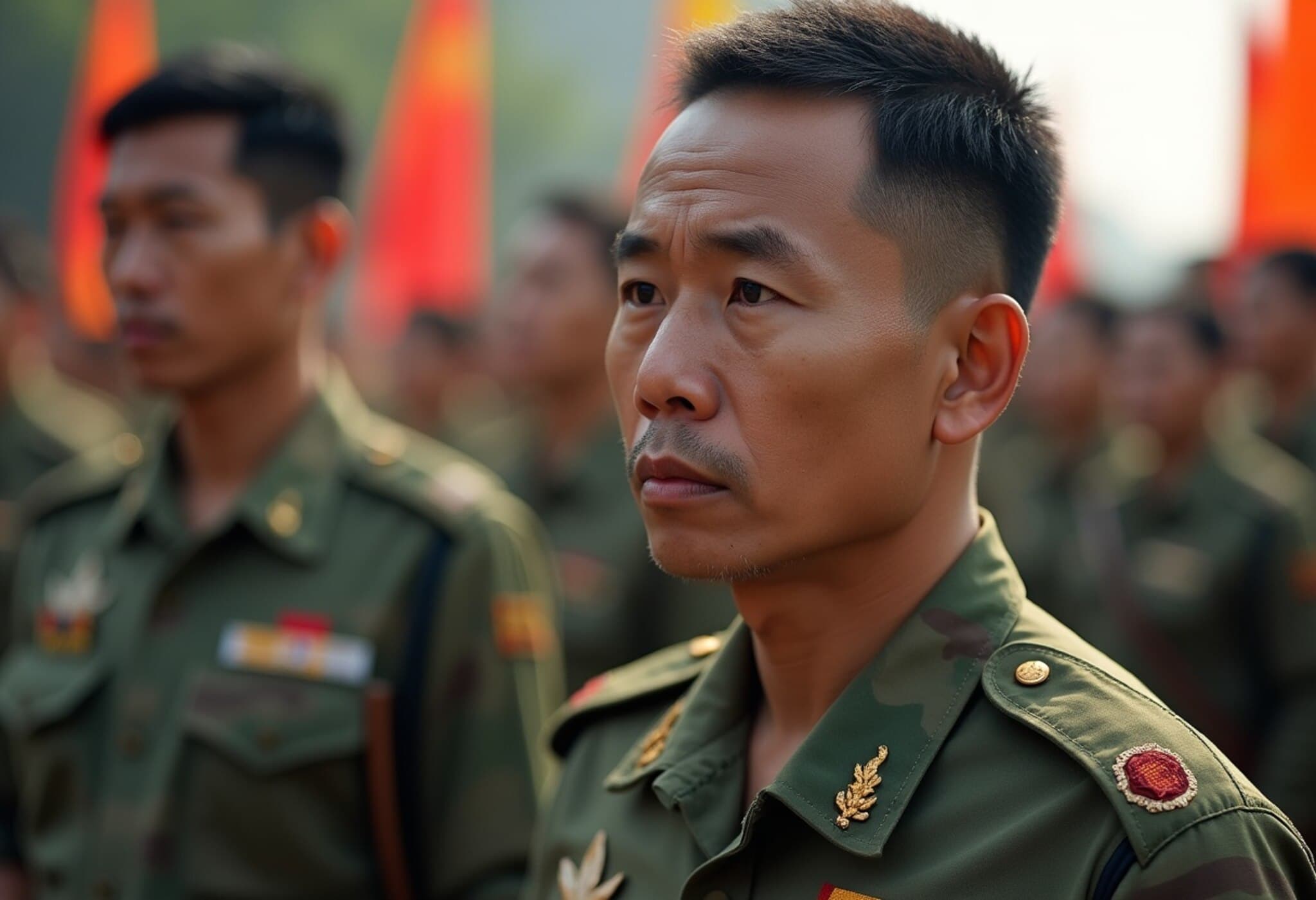New Report Highlights Security Lapses in Protection of Former President Trump
In a detailed examination of the attempted attack on former President Donald Trump during a rally in Butler, Pennsylvania last year, a recent report has shed light on the potential shortcomings of the United States Secret Service. While the agency is revered for its rigorous protection protocols, experts and sources suggest that more could have been done to avert the dangerous incident.
The Incident: A Harrowing Moment
Donald Trump has publicly described the assassination attempt as an "unforgettable" and unsettling experience. The attack occurred amidst a politically charged environment, underscoring the heightened risks faced by public officials and candidates in volatile settings. While the assailant was subdued, the event raised alarms about the effectiveness and adaptability of the Secret Service’s protective measures.
What Went Wrong? Analyzing Security Gaps
The report, compiled by an independent security analysis group with insights from former protective officers, points to several factors that may have contributed to the breach:
- Insufficient Threat Assessment: Early intelligence may have underestimated the immediacy and capability of the potential attacker.
- Physical Perimeter Controls: The perimeter at the rally venue was reportedly inadequate to prevent the proximity needed for such an attempt.
- Understaffing and Resource Allocation: There were indications that deployment of agents and surveillance resources did not fully match the elevated threat level.
These vulnerabilities reflect broader challenges in protecting political figures during increasingly polarized and public mass gatherings.
Expert Commentary: Evolving Threats to Political Figures
Security experts note that the attack is emblematic of a global trend where political violence has intensified, driven by social media polarization and raw public anger. Dr. Elaine Michaels, a leading analyst on political security at the American Security Institute, explains, "Traditional protective strategies must evolve rapidly to contend with the unpredictability of lone actors motivated by extremist ideology or misinformation."
She adds, "This incident should serve as a catalyst for reexamining resource allocation, crowd control, and intelligence-sharing protocols among agencies responsible for safeguarding democratic processes."
Policy Implications and the Path Forward
Given the heightened scrutiny, several lawmakers have called for increased funding and reforms within the Secret Service to boost training, technology deployment, and threat monitoring capabilities. This event also revives critical conversations about free speech, public safety, and the balance required to ensure open political discourse without compromising personal security.
Public Reaction and Underreported Aspects
Despite the intense media coverage of the attempt itself, less attention has been given to the emotional trauma experienced by not only the target but also by the agents and bystanders involved. Mental health professionals stress the importance of providing psychological support in the aftermath of such crises, a component often overlooked in official reviews.
Conclusion
The attempted shooting at the Pennsylvania rally serves as a stark reminder of the evolving nature of threats faced by public officials and the critical importance of adaptive, well-resourced protective services. As the nation grapples with political division and security risks, the lessons drawn from this episode can guide more robust, technologically advanced, and compassionate approaches to safeguarding democracy and its leaders.
Editor’s Note
While the immediate focus lies on the Secret Service's tactical responses, this report encourages a broader reflection on the societal factors fueling such attacks and the psychological toll on all involved. How can security agencies adapt not only to physical threats but also to the undercurrents of polarization and misinformation? What responsibility do political leaders and media play in shaping safer public arenas? These questions remain at the heart of ensuring both safety and free expression in a democratic society.

